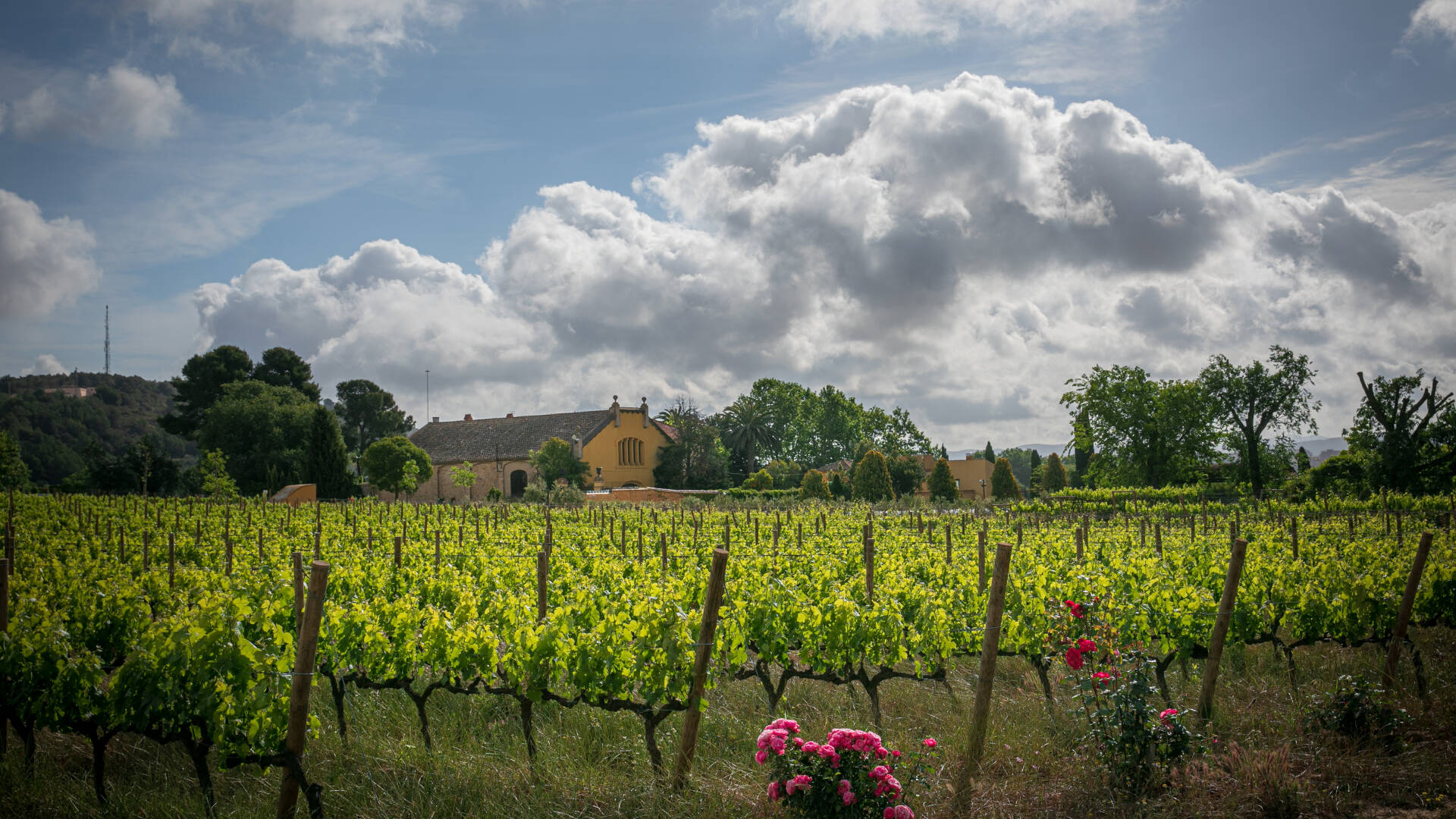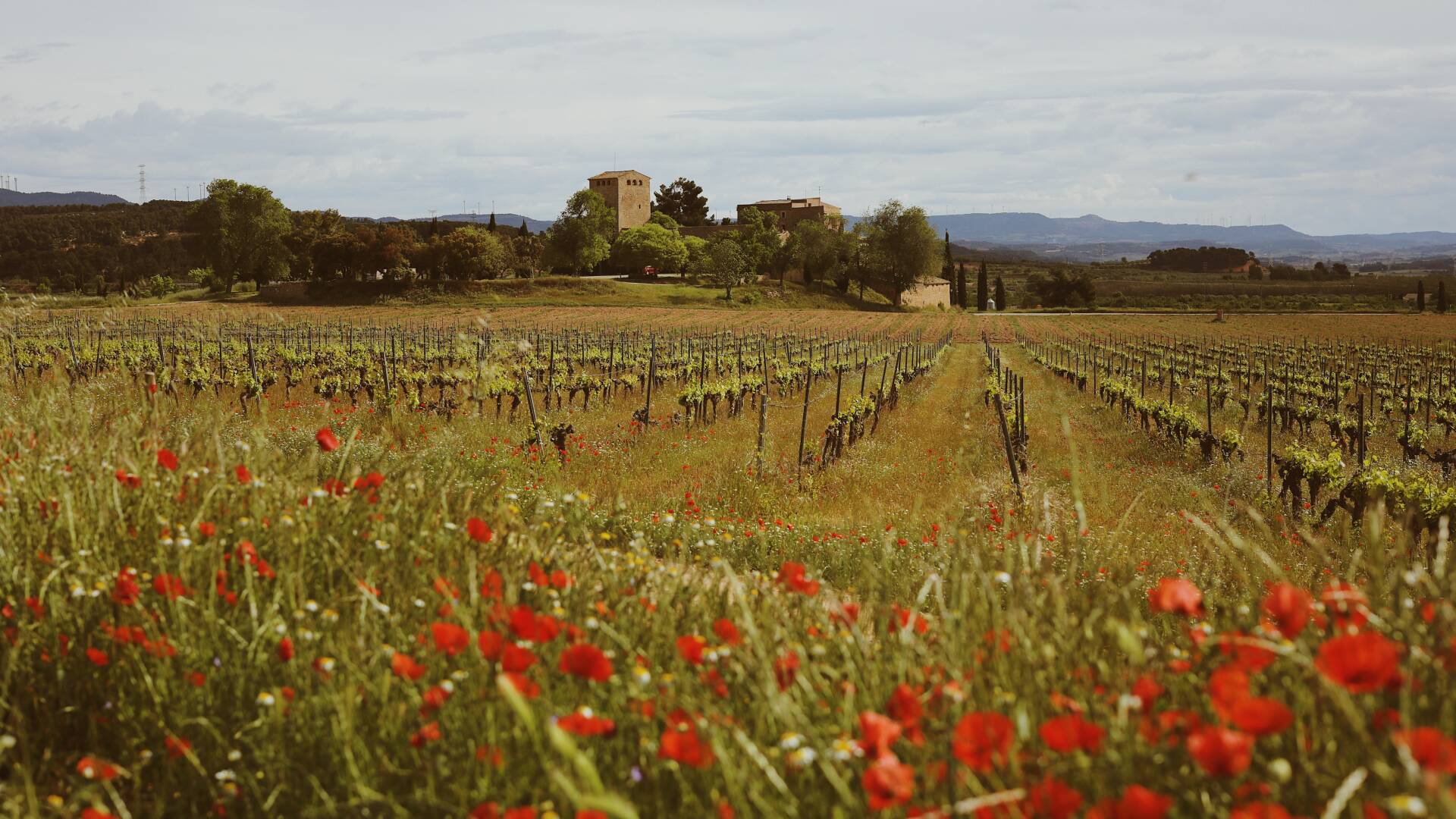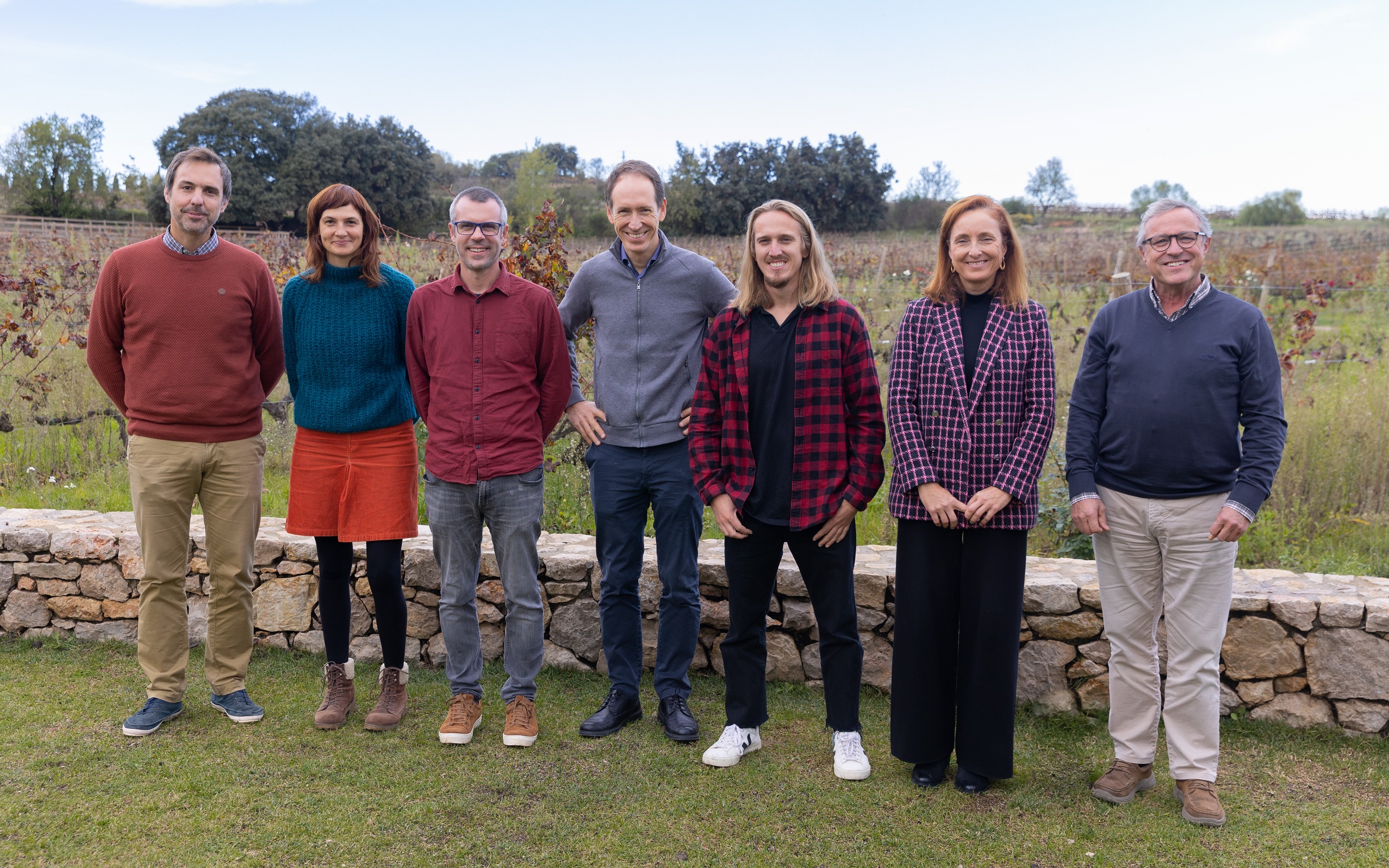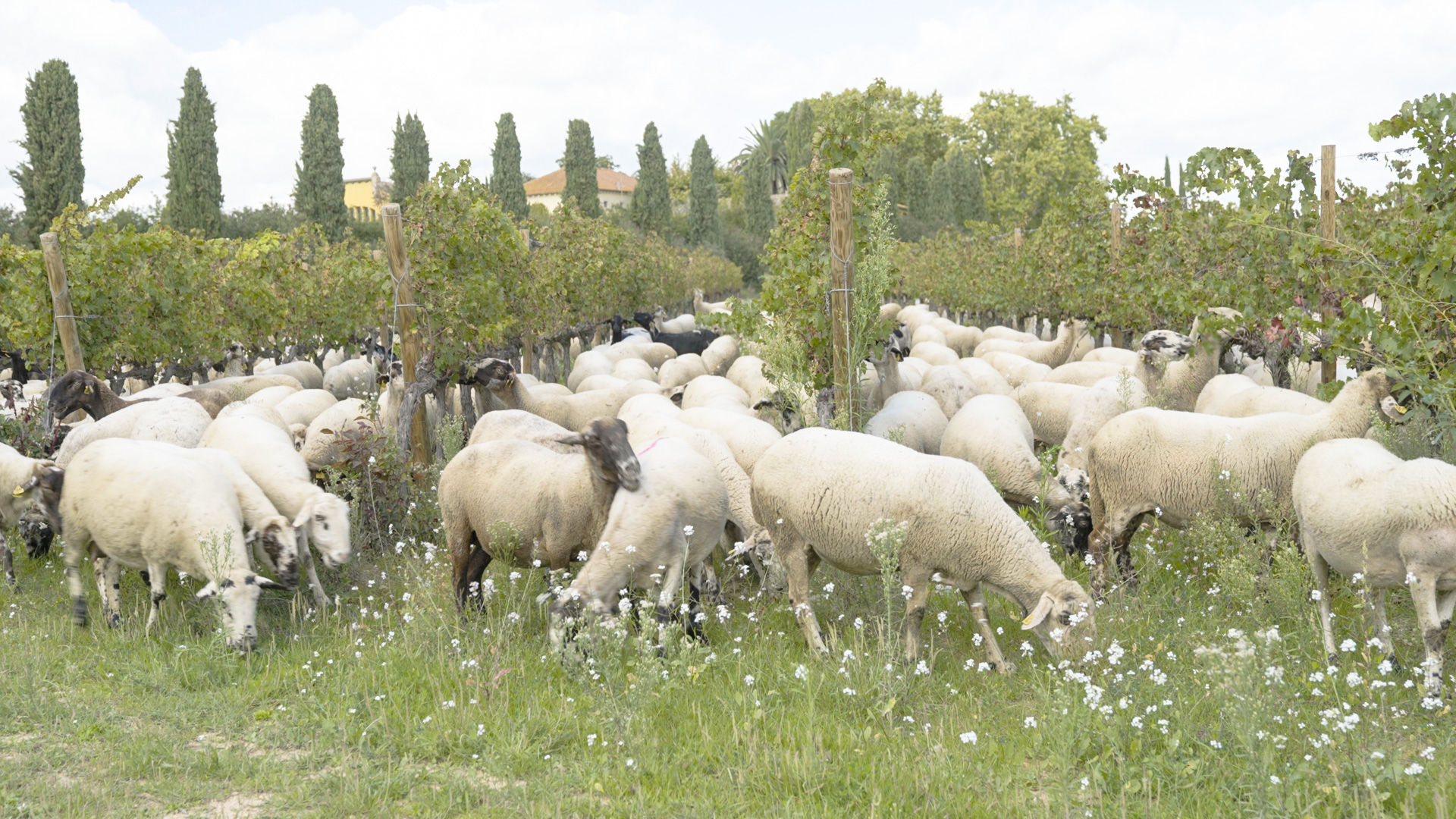Talking to great women of the wine industry
Six women in wine talk to the Peñín Guide about how they have managed to carve out a niche for themselves in the world of wine

The gradual change in climate laws is not only a consequence of technological and industrial progress, but also, and by default, of the transcendental changes in the planet's consumption habits, whose voracious consumerist hunger is difficult to sustain over time. The first to discover the impact of all this were the people closest to the countryside, for it is the countryside, the skin of the planet, that is first to experience the allergies resulting from these new developments.
We have seen how in recent years agriculture in general and vine cultivation in particular has striven to ensure its survival, either by fleeing global warming to higher altitudes or by seeking plants that are more resistant to drought and heat, which are becoming more and more common.
The emergence of organic farming is here to stay, if only because of the awareness of many consumers who are concerned about how things are evolving. Biodynamics, the proliferation of natural wines, all are consequences of this gigantic climate tsunami. But this is only a first step. The planet needs more.
In an effort to gain time in the advance of climate chaos, new contributions are being made, albeit small ones, which are gradually spreading to the consciousness of those who have not yet taken notice. Thus, in November last year, the Association of Regenerative Viticulture was created, a group of producers who seek to establish a total change in the way vineyards are worked. This movement initially arose in the livestock sector (Agro Ganadería Regenerativa), as a method of sustaining pastures, but its influence has already been felt in viticulture around the world and recently also in viticulture in Spain.

The fundamental idea of this movement is to change vineyard management based on the carbon cycle, whose emissions accelerate climate change. It is fundamentally about capturing carbon in the air and returning it to the soil where it acts as food, thus restoring its life cycle. Conventional agriculture is responsible for the loss of tonnes of soil, up to 1cm of fertile soil every 5 years. Moreover, the European Commission predicts that the planet has 60 harvests left if the production system is not changed. This was acknowledged by Francesc Font at a recent symposium on regenerative agriculture, whose interesting talks can be heard on this website .
The way to transfer this harmful carbon from the air to the soil is achieved through plant photosynthesis, so it is vital to get into the world of soils. This association proposes to activate natural processes and let them do the work for us, thus saving on other materials that are also detrimental to the life of the vineyard.
Regenerative Viticulture focuses on what they call the three "M's": minerals, microbiology and organic matter. These three elements feed off each other, the minerals serve as food for the micro-organisms and these in turn feed the plant and generate organic matter.


If we take a look at the vines on one of our trips, we can see that there are important differences between them. Some are kept clean of wild herbs, with no life other than the vines themselves. On the other hand, there are other examples of vineyards where life thrives and an infinite number of plants and insects coexist.
This vegetation cover is the first step to start creating life in the subsoil and achieve the ultimate goal: to regenerate soils, stop erosion and promote biodiversity.
As the members of this association explain, it is fundamentally about making a change in vineyard management; moving from traditional agriculture which focused on acting when the first symptoms of possible diseases appeared, to regenerative agriculture, which seeks a solution in anticipation of the problem. The key is to understand why these symptoms occur and to solve them before they appear, so as to avoid treating the disease.
 Junta de la Asociación Viticultura Regenerativa
Junta de la Asociación Viticultura Regenerativa
A healthy soil contributes much more than we can imagine. This is why this association claims the importance of what we cannot see, the subsoil. It is important to understand what we have under our feet and to decipher the deficiencies of our soils. Only by knowing what it lacks can we begin to take care of it, to feed it in a natural and balanced way, in order to provide it with everything it needs.
Soils are made up of organic matter, the place where water and nutrients are stored. This organic matter structures the soil, feeds the microbes and, in the long run, stabilises the behaviour of our vines, making them more predictable, less oscillating. It is also emphasised that it is not only and exclusively about changing our working habits, but that to some extent this way of working changes people and their way of life. The question is, are we willing to change our way of being for the sake of the planet and its crops?

There is a question as to whether all this regenerative agriculture work will have a positive impact on the quality of the wines. According to the members of this young association, it is too early to give results, but they are convinced that all this work will lead to healthier grapes, more stable vines and all this will have an impact on the quality of the wine. It is assumed that higher quality wines will be sold at higher prices, and that these prices will allow the winegrowers to make a decent living from their work. As you can see, expectations are high, making the effort worthwhile.
Six women in wine talk to the Peñín Guide about how they have managed to carve out a niche for themselves in the world of wine
If you mention the term "flor" or biological ageing to wine connoisseurs, their mind is instantly blown and their eyes widen like platters
Orange wine allows us to enjoy a different style that will deliver different sensations during its consumption